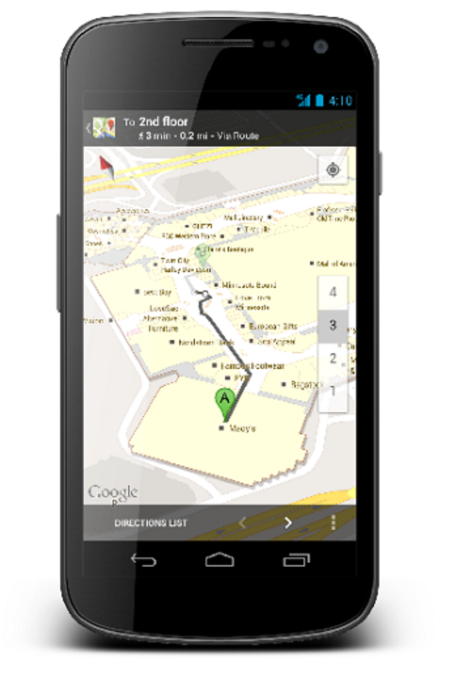Consumers can now make their lists and check them twice, as Google recently unveiled Shortlists and other Google Shopping developments to help consumers more easily maneuver between on and offline shopping this holiday season–what it calls nonline.
“The online and offline shopping experiences are really starting to merge. So we’re launching a new set of tools that help people get the most out of their holiday shopping,” says Jennifer Dulski product management director of Google Shopping. “What we’ve focused on, and where I believe marketers would benefit from focusing, is thinking about this experience as a multi-device and online-to-offline experience.”
The Shortlists allows users to collect and group different products available on Google Shopping or across the Internet. Consumers can compare prices, post images and comments, and share ideas by logging in with their Google+ account. Google also integrated promotions directly from retailers into the Google Shopping product listings.
“This tool is about making it easy to stay organized as you shop and really thinking about those examples where you’re trying to buy a group gift, or you’re researching something and you want to look at a lot of different options, [or] where you want to collaborate with your friends and family,” Dulski says.
In attempt to close the gap between online and offline shopping, Google incorporated the tangible aspect of examining products in store through 360-degree and 3D product imagery. Google debuted this new feature by displaying a holiday toy collection, which includes products from well-established brands such as Hasbro and Mattel.
“It really gives people that feeling of being in the store and being able to touch and feel something and turn it around and see all sides of it,” Dulski says.
The search engine behemoth also expanded its visually similar feature across a wide variety of products to help consumers line up comparable products side by side.
“If you find a particular leopard-print purse that you like but the one you’ve seen is too expensive and you want to compare it to others, we have that feature, which is really helpful when shopping,” Dulski says.
Google also tried to mimic the in-store, social experience of shopping with friends and family by allowing Google+ users to write and share comments and product reviews.
“As you’re browsing through Google Shopping, you can see the people who are connected to you [and] who have written reviews. Those will move to the top so you can see the most relevant, trustworthy people in your circles who have written reviews for certain products,” Dulski says. “We really believe that connecting that social piece is critical to help people make easier and faster decisions about what to buy.”
Recognizing that in-store consumers will have their digital devices in tow this season, Google created indoor Google Maps for Android systems. Shoppers can now examine the layouts for select malls, stores, and airports to help them establish their shopping and travel game-plans. Best Buy, Nordstrom, Macy’s, and Bloomingdale’s are among the retailers selected to use this feature.
“You can see all of these things are really merging, where you’re doing some of your shopping online at home, some on your tablet, some on your mobile device, and some in the store, and we’re really trying to connect those pieces,” Dulski says.
To prepare brands for the holiday rush, Dulski advises marketers to invest in the crossover between desktop and mobile devices.
“We’re seeing a lot of movement from desktop to mobile, and I think marketers could benefit from focusing on that and making sure they have mobile websites that are optimized…,” Dulski say. “And, make it easy for people to find information, checkout, and so forth.”








